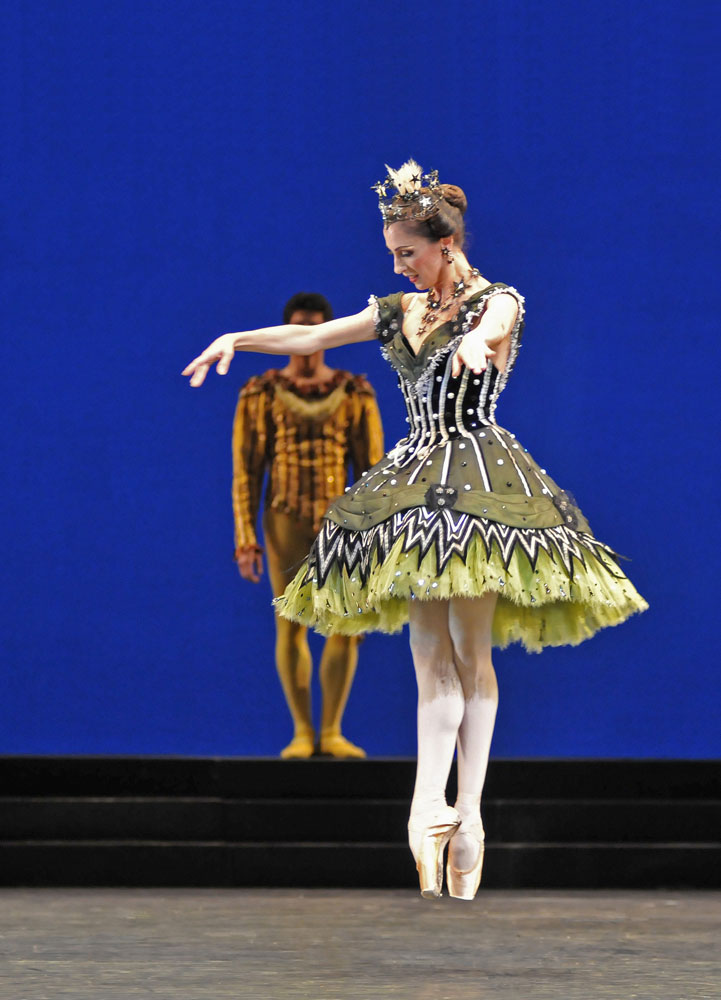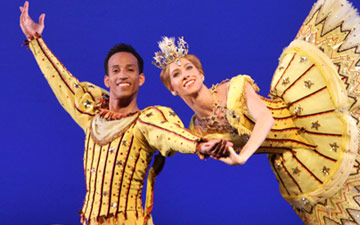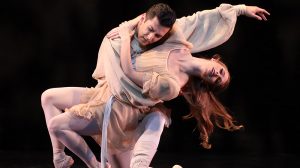
© Dance Books. (Click image for full version)
Frederick Ashton’s Ballets – Style, Performance, Choreography
by Geraldine Morris
Dance Books, Paperback
2012, 238 pages, illus., £20.00
publishers page
www.dancebooks.co.uk
This is the book for all those who simply don’t understand why older people complain so much about how Frederick Ashton’s ballets are danced today; but also, of course, it’s for those who love the ballets anyway and would like a deeper understanding of how Ashton worked, what was important to him, and how his work was influenced both by the world he lived in and by the dancers who inspired him. Geraldine Morris, who joined the Royal Ballet in the year Ashton took over as its Director, has been writing and lecturing about his work for many years and this book – subtitled Style, Performance, Choreography – is a summing up of her research.
A warning, though, to start with: this isn’t meant to be, and isn’t, an easy read. Morris herself writes that she hopes her work will be of practical use to future dancers and rehearsal directors, and the publishers describe it as being intended for dancers, students and dance enthusiasts. I belong only to the last of those categories and found some sections of the book hard going: Morris analyses some of Ashton’s ballets in great detail and if you don’t know what a coupé reversé or a relevé enveloppé looks like, you are going to struggle to grasp her meaning at times. (What a difference it would make if the book could have been accompanied by a DVD of the six ballets!) Parts of the book are based on her doctoral thesis and the first chapter in particular has an academic tone which may be off-putting to some; fortunately both these drawbacks are minor in the context of the majority of the book, which is densely packed with information and ideas.

From a discussion of the meaning of ‘style’, Morris moves on to look at Ashton’s own training and at the widely different backgrounds of the dancers he worked with in his early years – far more diverse than would be found in any major company today, and an important input to his developing creativity. The rest of the book is devoted to six works chosen, in pairs, as examples of ballets with words (A Wedding Bouquet and Illuminations), plotless ballets (Birthday Offering and Jazz Calendar) and narrative ballets (Daphnis and Chloe and A Month in the Country). She has been able to work with videos of all these pieces, some but not all of them showing the original casts – for instance she relates her detailed analysis of Birthday Offering to early rehearsal film and is able to identify very precisely how each of the solos used the particular abilities and characteristics of the woman it was created for. She’s also able to show that some of the solos are now danced so much more slowly than originally that they are almost half a minute longer – no wonder that the whole feel of the dance has changed. There’s a huge amount of fascinating information in here even if you don’t agree completely with all of her conclusions.

© Dave Morgan. (Click image for larger version)
Of course the most difficult job of all is to pin down in words what ‘style’ actually is. Morris rates phrasing among the most important of Ashton’s defining qualities, and returns often to the problem she sees with today’s interpreters, who ’emphasise shape at the expense of motion’ – that is, they see a phrase as the lead up to a picture rather than as the dance itself – they’re looking at the destination rather than ‘the glory of the ride’. (Playing the music faster would often cure them of this, she believes.) She sees his inventiveness as lying not in the creation of new steps but in the way that, by tiny changes of emphasis, direction and so on he can make a relatively limited vocabulary tell us everything he needs, and of course she emphasises the importances of the upper body work, the speed – no breathing spaces – and the bending and swooping and fast footwork which I think everyone has now come to associate with Ashton.

© Dance Books. (Click image for larger version)
What would he himself make of this book, I wonder? He’d be amazed, I should think, by the amount of detail he’d find, and possibly surprised by some of it: but most of all, I’d guess, he would hope that however much we might have learnt from it, when we come to sit in a darkened theatre waiting for the curtain to go up, we’d forget all of it in the direct experience of seeing his work brought to life in the moment.

















Thank you for this review! can’t wait to get the book.
[…] Another discussion of Ashton’s Ballets on DanceTabs […]